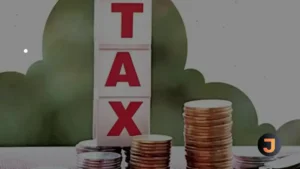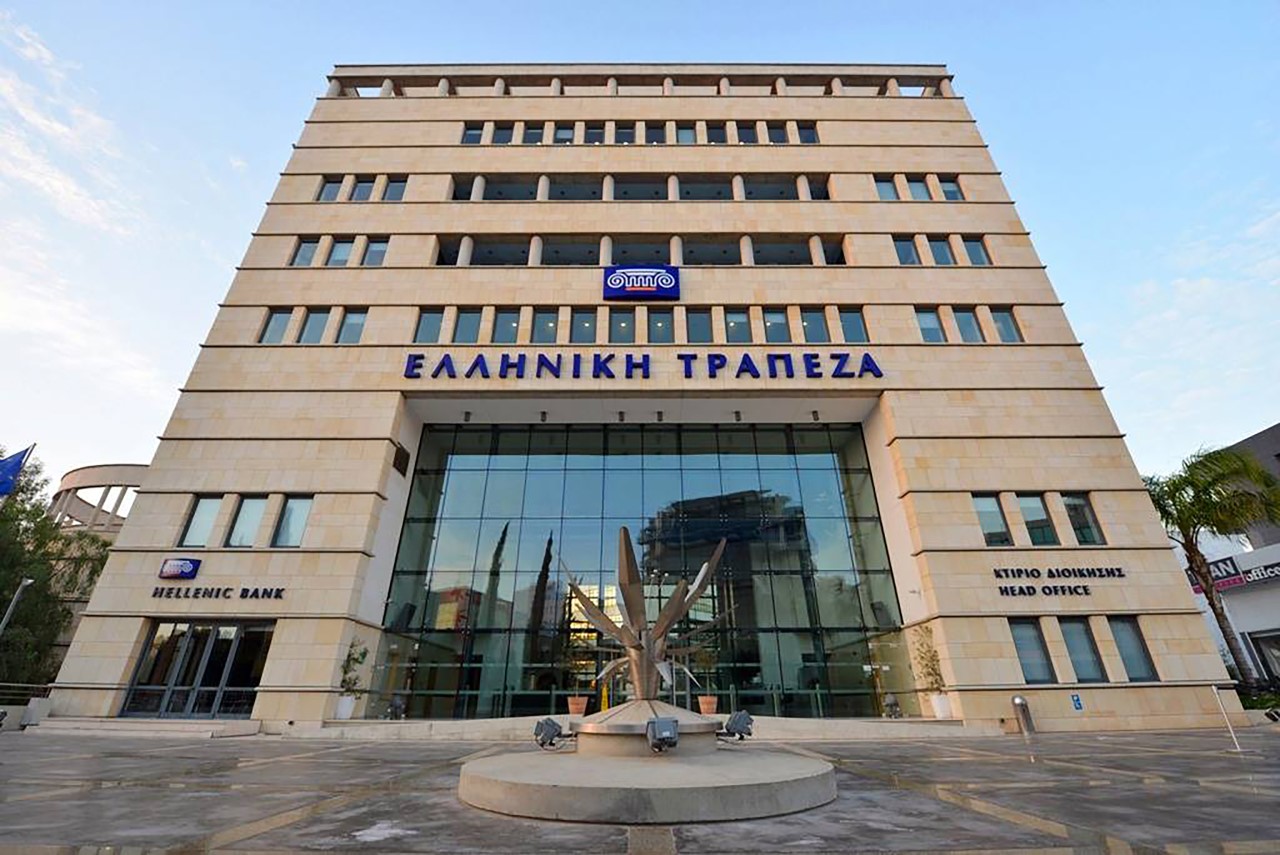The Union Budget 2024 has generated a wave of anticipation, with hopes pinned on potential cuts in both direct and indirect tax rates to stimulate economic consumption. Understanding the intricacies of these taxes is crucial for businesses and individuals alike.
Direct Taxes: A Closer Look
Direct taxes are levied by the government directly on the income of entities, be it individuals or corporations. The most familiar example is the income tax, a progressive tax where the amount payable increases with rising income. India offers two regimes for income tax: the new regime and the old regime, each with its own set of slabs and deductions.
- New Tax Regime:
- Up to ₹3 lakh: NIL
- ₹3-6 lakh: 5% on income exceeding ₹3 lakh
- ₹6-9 lakh: ₹15,000 + 10% on income over ₹6 lakh
- ₹9-12 lakh: ₹45,000 + 15% on income over ₹9 lakh
- ₹12-15 lakh: ₹90,000 + 20% on income over ₹12 lakh
- Above ₹15 lakh: ₹1.5 lakh + 30% on income over ₹15 lakh
- Old Tax Regime:
- Up to ₹2.5 lakh: Nil
- ₹2.4-5 lakh: 5% above ₹2.5 lakh
- ₹5-10 lakh: ₹12,500 + 20% above ₹5 lakh
- Above ₹10 lakh: ₹1,12,500 + 30% above ₹10 lakh
Corporate tax is another significant direct tax, levied on company profits. Companies with an annual turnover below ₹250 Crore pay a 25% tax, while those with higher turnover pay 30%. Other direct taxes include capital gains tax, securities transaction tax, gift tax, and wealth tax.
Indirect Taxes: The Essentials
Indirect taxes are imposed on the consumption of goods and services and are paid indirectly by consumers. The Goods and Services Tax (GST) is a prime example, with slabs of 0%, 5%, 12%, 18%, and 28%, based on the essentiality of products. Essential goods attract lower GST rates, while luxury items are taxed higher.
- Types of GST:
Central GST (CGST): Collected by the central government from intra-state trade.State GST (SGST): Collected by state governments from intra-state trade.Union Territory GST (UTGST): Collected by union territories from intra-state trade.Integrated GST (IGST): Collected by the central government from inter-state trade.
Other indirect taxes include value-added tax (VAT), service tax, and excise duty. The government may consider reducing some of these rates in the upcoming budget to boost consumption, as economic growth has outpaced consumption growth.
The Reserve Bank of India’s household inflation expectations survey indicates that households anticipate a rise in inflation by 20 basis points over the next three months and by 10 basis points over the next year. This underscores the importance of strategic tax adjustments in the Union Budget 2024 to balance economic growth and consumer spending.






